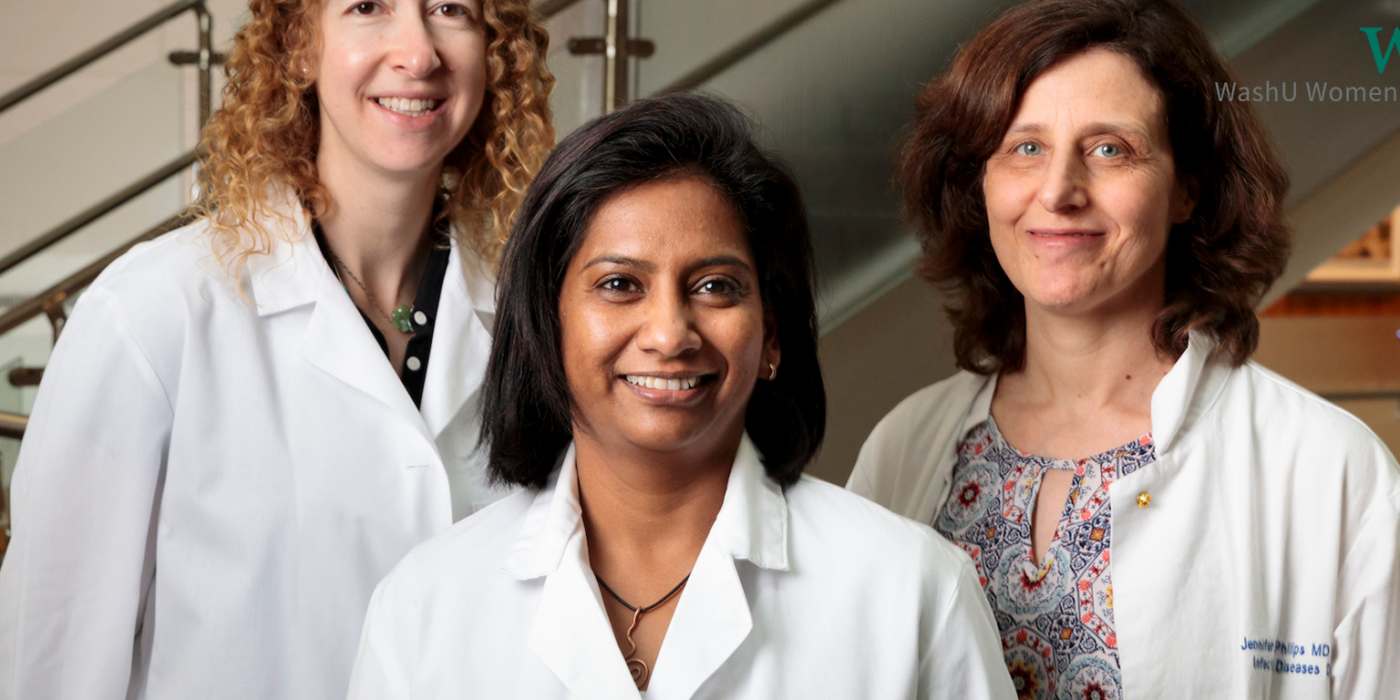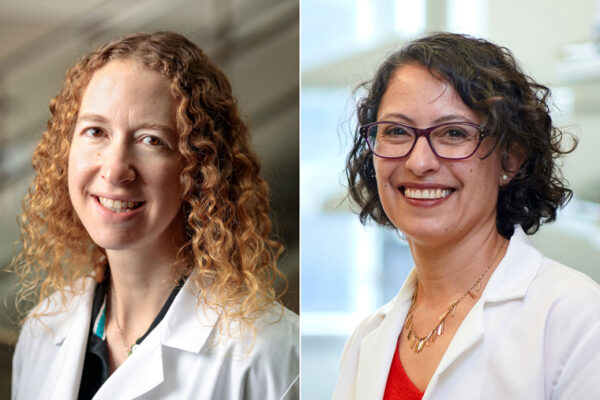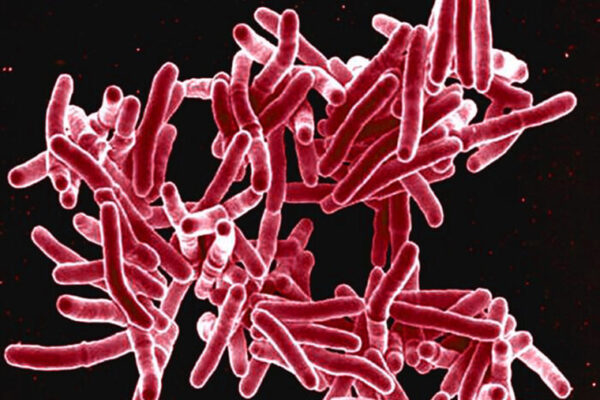Three of the most innovative scientists in the field of tuberculosis research call Washington University School of Medicine in St. Louis their professional home. Christina Stallings, PhD, Shabaana Abdul Khader, PhD, and Jennifer Philips, MD, PhD, are on the front lines of the battle to stop the world’s deadliest bacteria.
Between the three, they hold eight patents related to TB research.
Khader, a professor and interim head of the Department of Molecular Microbiology, is working to develop better TB vaccines.
Also a professor of pathology and immunology, she is the primary holder of two patents for TB vaccine candidates. Unlike the current vaccine, which is injected, Khader’s vaccine candidates are designed to be inhaled through the nose. By delivering vaccines in the same way that people naturally would be infected with the TB bacteria, Khader hopes to trigger a more vigorous immune response. Khader also holds a third patent for a platform to screen potential vaccines in order to identify those with the most promise.
Stallings, an associate professor of molecular microbiology, focuses on how TB bacteria cause disease with the goal of developing better drugs. She has discovered that TB bacteria produce certain proteins to defend against immune cells and antibiotics and that interfering with these defenses can help treat disease. Stallings has three patents related to targeting TB bacteria. Two are designed to enhance the effectiveness of antibiotics already in use against TB and a third describes a new potential antibiotic. All three target the bacteria’s stress response.
Philips, also a professor of molecular microbiology, holds two patents related to enhancing the ability of immune cells to fight the TB bacteria. Strengthening the body’s defenses, rather than killing the bacteria with antibiotics, is one way to circumvent the growing problem of antibiotic-resistance. One patent is for a technology for packaging compounds that target human genes. The packaging protects the compounds and directs them to the correct cell. The other patent is for a drug that shuts down a human metabolic pathway that TB bacteria use for their own benefit, making it harder for the bacteria to multiply.
Although they take different approaches to combating tuberculosis, working nearby one another opens up possibilities for collaboration.
“It is unusual to have three strong TB labs in the same place,” says Khader. “It’s amazing to be able to just walk down the hall and talk over a problem with colleagues. WashU is a very collegial and collaborative institution. We are engaged in multiple partnerships, and we find them productive and fulfilling.”



